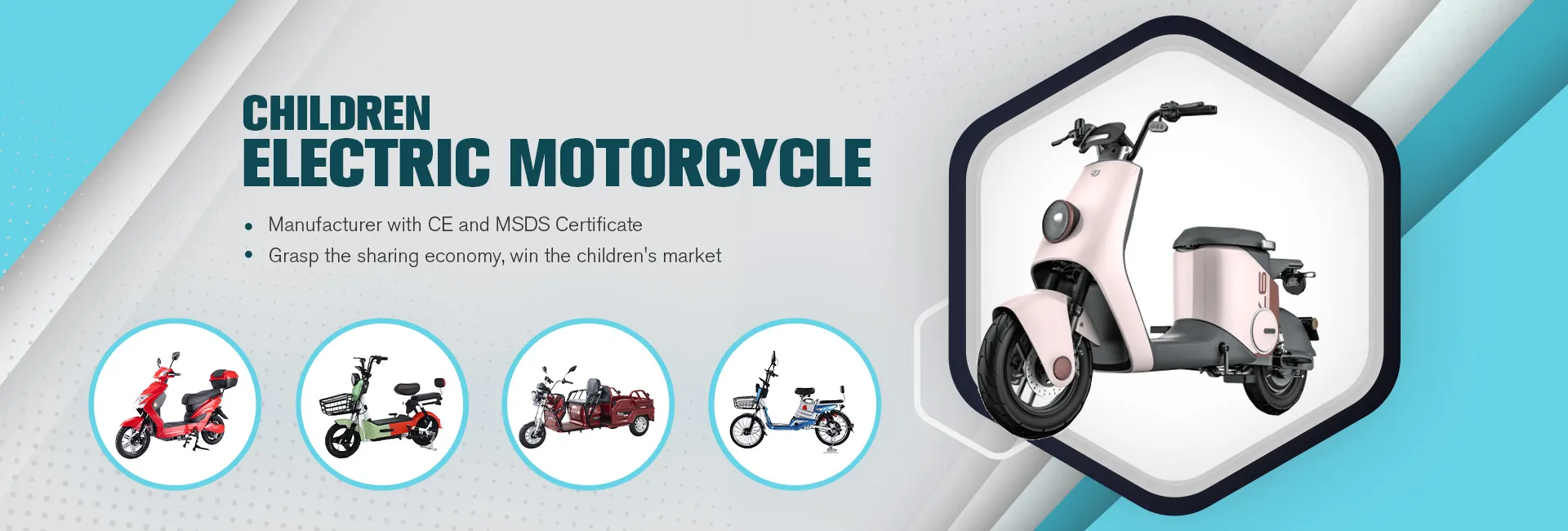
- Afrikaans
- Albanian
- Amharic
- Arabic
- Armenian
- Azerbaijani
- Basque
- Belarusian
- Bengali
- Bosnian
- Bulgarian
- Catalan
- Cebuano
- Corsican
- Croatian
- Czech
- Danish
- Dutch
- English
- Esperanto
- Estonian
- Finnish
- French
- Frisian
- Galician
- Georgian
- German
- Greek
- Gujarati
- Haitian Creole
- hausa
- hawaiian
- Hebrew
- Hindi
- Miao
- Hungarian
- Icelandic
- igbo
- Indonesian
- irish
- Italian
- Japanese
- Javanese
- Kannada
- kazakh
- Khmer
- Rwandese
- Korean
- Kurdish
- Kyrgyz
- Lao
- Latin
- Latvian
- Lithuanian
- Luxembourgish
- Macedonian
- Malgashi
- Malay
- Malayalam
- Maltese
- Maori
- Marathi
- Mongolian
- Myanmar
- Nepali
- Norwegian
- Norwegian
- Occitan
- Pashto
- Persian
- Polish
- Portuguese
- Punjabi
- Romanian
- Russian
- Samoan
- Scottish Gaelic
- Serbian
- Sesotho
- Shona
- Sindhi
- Sinhala
- Slovak
- Slovenian
- Somali
- Spanish
- Sundanese
- Swahili
- Swedish
- Tagalog
- Tajik
- Tamil
- Tatar
- Telugu
- Thai
- Turkish
- Turkmen
- Ukrainian
- Urdu
- Uighur
- Uzbek
- Vietnamese
- Welsh
- Bantu
- Yiddish
- Yoruba
- Zulu
Nov . 09, 2024 18:25 Back to list
Steps for Properly Adjusting the Rear Derailleur on Your Mountain Bike for Optimal Performance
How to Adjust Your Rear Derailleur on a Mountain Bike A Comprehensive Guide
Maintaining your mountain bike is essential for optimal performance, and one of the critical components to keep in check is the rear derailleur. This small but crucial part of your bike helps shift the chain across the gears on the cassette, ensuring smooth and efficient gear changes. If you’ve been experiencing issues like skipped gears, unexpected chain drops, or inability to shift into certain gears, it may be time to adjust your rear derailleur. This article will guide you through the process of adjusting your rear derailleur effectively.
Understanding Your Rear Derailleur
Before diving into the adjustment process, it's important to understand the function of the rear derailleur. It has two major functions moving the chain onto different gears and maintaining proper tension on the chain as you shift. The derailleur consists of a cage that holds the chain, a pulley that guides it, and an adjustment mechanism for fine-tuning the alignment.
Tools You’ll Need
To perform a rear derailleur adjustment, you will require - A 5mm Allen wrench (or the appropriate size for your bike) - A Phillips screwdriver - A bike stand (optional, but highly recommended for ease of access) - Chain lubricant (for maintenance after adjustments)
Step-by-Step Guide to Adjusting Your Rear Derailleur
1. Preliminary Checks
Before making any adjustments, inspect your bike’s drivetrain. Ensure that - The chain is clean and lubricated. - The cassette and chainrings are not excessively worn or damaged. - The shifters are functioning correctly.
2. Setting the Limit Screws
The limit screws prevent the derailleur from moving the chain beyond the largest and smallest gears
.how to adjust rear derailleur on a mountain bike

- Locate the Limit Screws There are usually two screws labeled ‘H’ (high) and ‘L’ (low) on the rear derailleur. - Adjust the High Limit Screw Shift to the smallest chainring in the front and the smallest cog in the rear. Check if the chain aligns perfectly with the smallest cog. If not, use the ‘H’ screw to adjust the position of the derailleur. Clockwise usually moves it closer, and counterclockwise moves it further away. - Adjust the Low Limit Screw Shift to the largest chainring in the front and the largest cog in the rear. Ensure the chain lines up with the largest cog. Use the ‘L’ screw to make adjustments as necessary.
3. Fine-Tuning the Cable Tension
Once the limit screws are set, it’s time to adjust the cable tension. If your bike is shifting sluggishly or skipping gears, you may need to increase cable tension.
- Shift to the middle cog for testing. - Locate the cable anchor bolt on the derailleur. Slightly loosen it, and pull the cable tighter. Then, re-tighten the bolt. This should improve your shifting response.
4. Indexing the Gears
Now you’ll ensure that the derailleur shifts correctly between all gears.
- Turn your shifter to the highest gear (smallest cog). - Shift down through each gear, paying attention to whether the derailleur moves the chain smoothly from cog to cog. If it's not shifting smoothly, fine-tune the cable tension using the barrel adjuster, which is usually located where the cable enters the shifter. Turning it counterclockwise increases tension, while clockwise decreases it.
5. Test Ride
After making adjustments, it’s critical to test ride your bike. Go through all the gears while riding to check for smooth transitions and consistent performance. Pay attention to any skips or hesitations; if you experience problems, you may need to go back and tweak the adjustments.
Conclusion
Adjusting your rear derailleur is a straightforward process that greatly enhances your mountain biking experience. Regular maintenance and minor adjustments can save you from major repairs down the line and ensure that your gear shifts are smooth and precise. If, after these adjustments, you're still facing issues, it may be time to consult a professional bike mechanic to examine other components of your drivetrain. Enjoy your rides and happy cycling!
-
The Ultimate Kids' Four-Wheeler Experience
NewsJul.09,2025
-
The Ultimate Guide to Mountain Bikes: Gear Up for Your Ride
NewsJul.09,2025
-
The New Age of Cycling: Electric Bikes for Every Rider
NewsJul.09,2025
-
The Best Kids Bicycles: Ride in Style and Safety
NewsJul.09,2025
-
The Best 3-Wheel Scooters for Kids: Fun, Safety, and Adventure
NewsJul.09,2025
-
Revolutionize Your Ride: Affordable Electric Bikes
NewsJul.09,2025
-
Finding the Perfect Mountain Bike for Every Rider
NewsJul.09,2025



